In 1807, members of the Norfolk Island penal colony were persuaded to leave their homes and come to Van Diemen’s Land. Lured by an attractive offer of a house, convict assistance to clear land, and food and clothing for 12 months, they bought with them valuable skills that were lacking in the new southern colony. Blacksmiths, butchers, stonemasons, carpenters, harness makers and painters were amongst these early arrivals.
Around one third of these new settlers were relocated some 35 kilometres upstream from Hobart Town. Here they uncovered a site promising rich pastures and fresh water. Despite Governor Macquarie formally proclaiming the area ‘Elizabeth Town’ in honour of his wife, its new inhabitants stood firm on preserving the link with their former island home and ‘New’ Norfolk prevailed. As the township grew, tracks began to be carved through the bush for bullocks and horses to make the traverse to and from Hobart, reducing the reliance on the Derwent River for transport.
When Governor Arthur visited in 1827 he issued an order for all invalid convicts across the state’s outstations to be relocated to New Norfolk. Here they could be ‘comfortably lodged’ and cared for at minimal expense – rather than medical facilities being dispersed. The first patients were admitted to the hospital in June 1827 and were accommodated in wooden huts. By 1830, conditions and patient numbers dictated that a more permanent structure was required. The iconic sandstone Willow Court Barracks were completed by 1831, later taking their name from two willow trees planted in the forecourt by Lady Jane Franklin. The cuttings were said to be from a willow that stood at the grave of Napoleon Bonaparte on Saint Helena.
The history of Willow Court is complex, controversial and stained with melancholy. Today, the silent voices of thousands linger in the air and dark shadows cast an unsettling mood down abandoned hallways. It’s a story that’s intrigued Sharmaine Mansfield since she first toured the site herself four years ago. “Willow Court pre dates Port Arthur. Its history is just as intriguing but lesser known outside of Tasmania. Prior to its closure just over 20 years ago, it was one of the largest mental asylums in the Southern Hemisphere and the oldest mental hospital still in use in the country.”
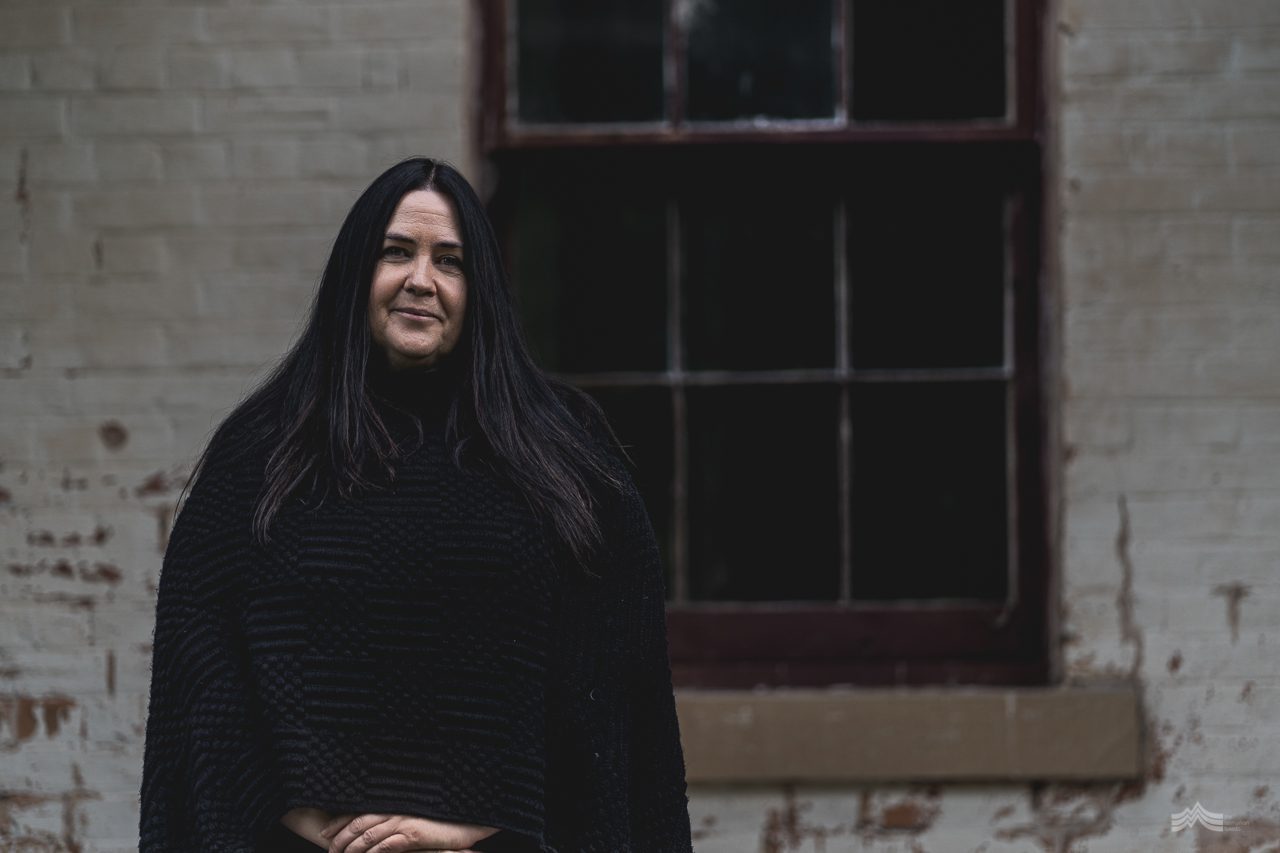
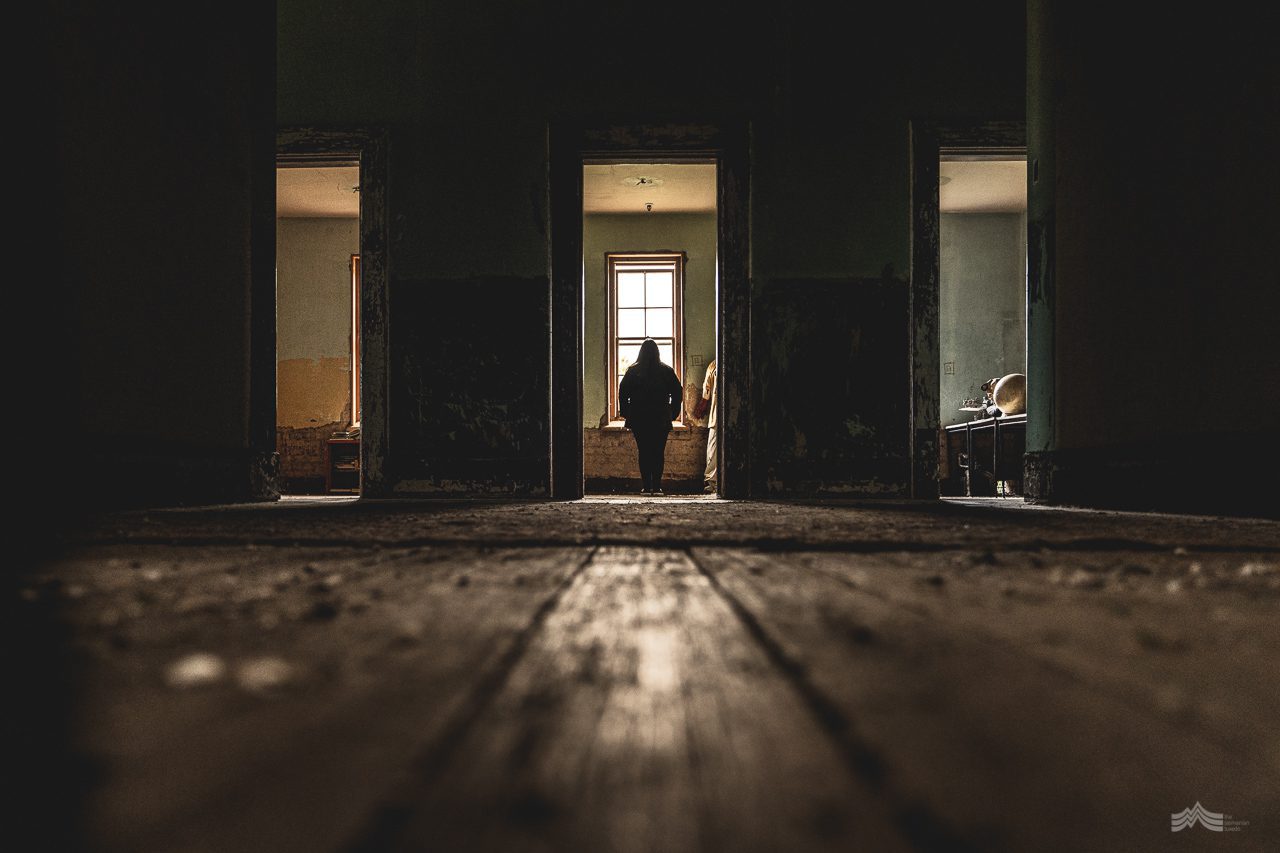

“Back in those very early years the complex served three different purposes,” explains Sharmaine. “It was a general hospital for the district, a hospital for invalid convicts, and also an asylum for the insane. The first ‘lunatic’ patient was admitted in 1829 with many more soon to follow. By the 1850s the hospital was used exclusively for the mentally ill, with records of the time indicating that it then housed around 180 patients.”
“Growing up in the Derwent Valley, Willow Court has always had a presence in my life,” Sharmaine continues quietly. “One of my relatives even spent some time here in the 1980s. It’s definitely a place that’s woven deeply into the fabric of the local community and one whose history I am determined to respect.”
Throughout its chequered history Willow Court has been known under many names – Invalid Barracks New Norfolk, Colonial Hospital New Norfolk, Madhouse New Norfolk, Her Majesty’s Lunatic Asylum, Mental Diseases Hospital, Lachlan Park and Royal Derwent Hospital. Governor Arthur himself called it the Mad House. They are variations perhaps best viewed as signposts of the changing attitudes towards mental health in Tasmania.
In many respects Willow Court has served as one of the world’s longest social studies into the evolution of psychiatric treatment and nursing, spanning almost two full centuries. Special wards have offered various care for patients suffering everything from alcoholism and drug addiction to psychogeriatric conditions and chronic institutionalisation. Likewise, treatment regimes have ranged from respite in quiet garden settings through to strait jackets and electrotherapy – many are dark truths for another day.
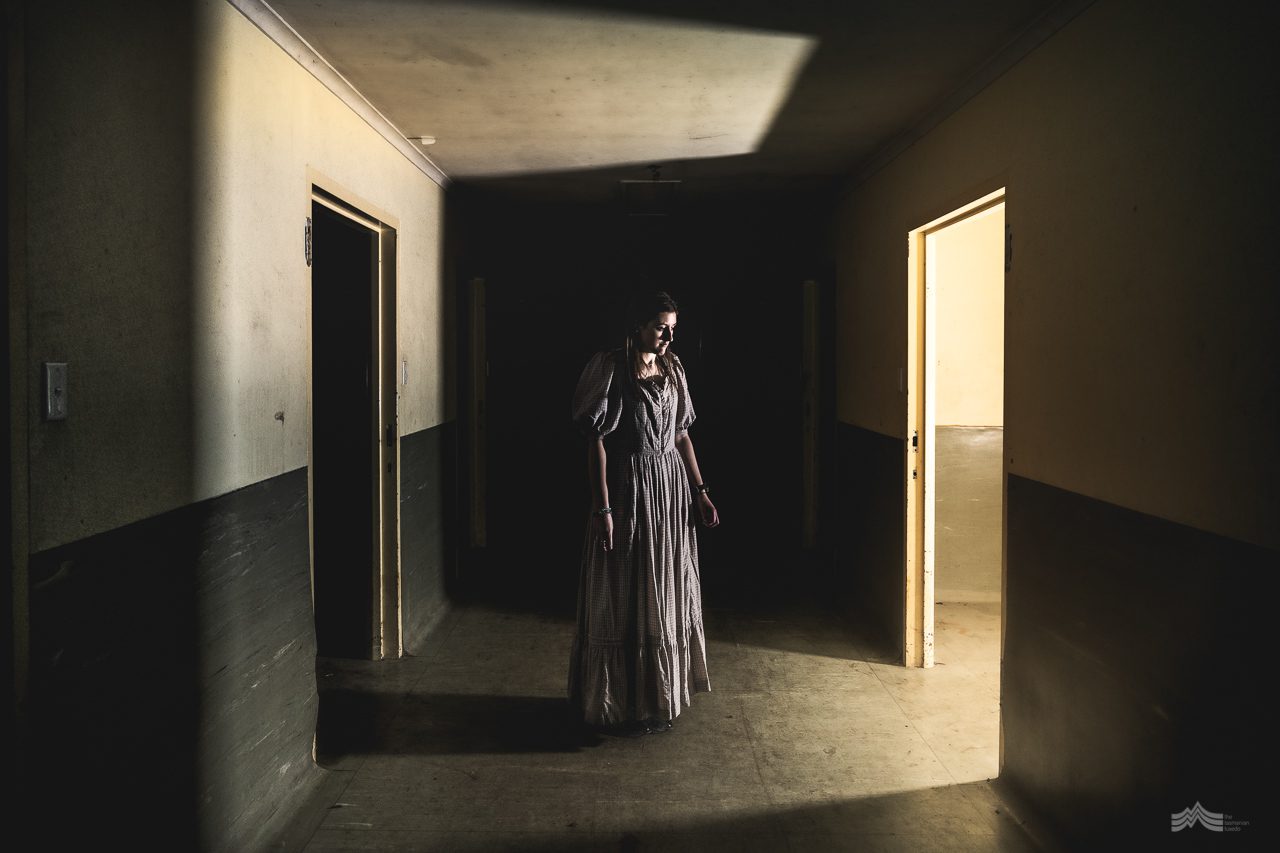


Sharmaine has continued tours of the Willow Court complex under the banner of Tasmania’s Most Haunted since taking over in 2017. “It’s a fascinating place that draws you in. Ever since my first visit I started becoming really passionate about it. I quickly found myself heading here whenever I could, just wanting to learn more and more.” Sharmaine smiles, “Before long, the owner of the tour company offered me a position as a tour guide and 12 months later I was the new owner of Tasmania’s Most Haunted. It’s really given me the opportunity to share my passion for the place with others.”
“The whole site is almost overwhelming in scale. Each building is a different scene. And each has a different story to tell.”
As has been standard practice over the years, patients at Willow Court were accommodated by gender, with women housed separately from men and cared for by female staff. Standing in the heritage listed Ladies Cottage, one can almost hear whispers from its previous residents. A generous hallway is flanked by airy drawing and dining rooms, their bones littered with peeling layers of wallpaper and ornate timber fireplaces just begging to be bought back to life. Cold has soaked deep into the achingly thick walls of this expansive cottage and she creaks wearily as one steps lightly upon her bare boarded floors.
“Built in 1868, the Ladies Cottage is interesting as it was for private patients,” explains Sharmaine. “Buildings across this site were developed to house patients from different backgrounds and requiring different care. Families would pay to have women housed in here on the understanding that they were separated from the lower classes and protected from overcrowding.”



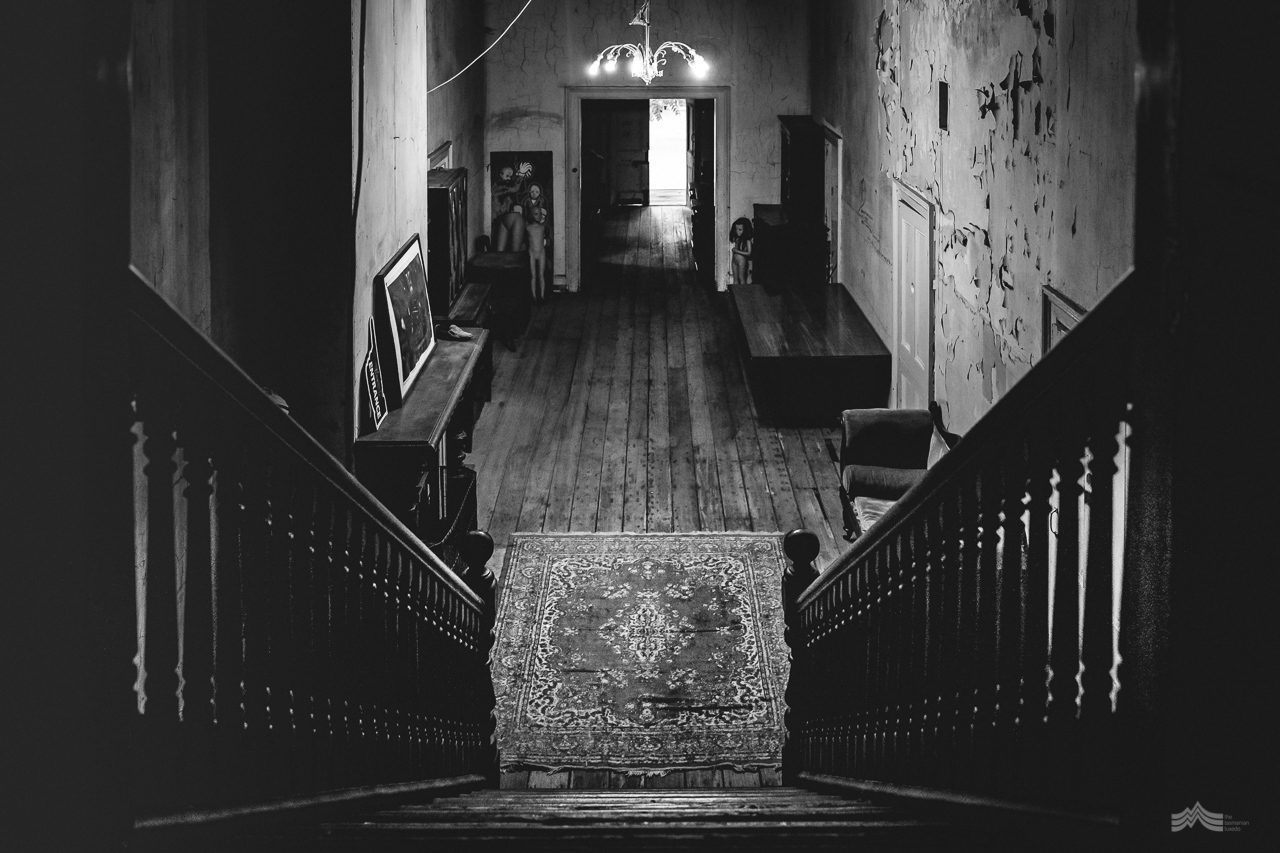
The stillness within the Ladies Cottage provokes the mind to wander back in time. “Whilst some patients may have been insane according to modern definitions, there’s little doubt that many who were admitted suffered from conditions that were simply misunderstood at the time,” muses Sharmaine. “Dementia, depression, stress related conditions…it’s interesting how society has understood, interpreted and dealt with these illnesses over time.”
A second story was added to the Ladies Cottage in 1903 allowing for additional patient rooms. The doors of each of the single rooms are still complete with their neatly rimmed observation holes. A tour with Sharmaine will take you slowly up a stunning Tasmanian blackwood staircase to the second floor to experience them for yourself. A stairway to stories long forgotten. “Sit for a few moments in one of the rooms and take it in,” she suggests. “It’s always interesting what people experience in here. I don’t have a psychic bone in my body but I am convinced I’ve heard the voice of a little girl here on more than one occasion over the past couple of years.”
“We don’t know a lot about the residents who inhabited this place,” continues Sharmaine. “History dictated they were locked away and along with that removal from society came the inability to tell their stories.”
“Interestingly, in 2016 archaeologists uncovered a collection of over 400 objects under the veranda here. Things like embroidered aprons and bonnets, nightgowns, newspapers and pieces of fabric…much like a time capsule. They provide just a glimpse into what life was like at one point in time but a lot of their meaning remains open to interpretation.”
Sharmaine has been overwhelmed with demand for her paranormal tours. “Visitors are certainly keen to experience Willow Court under the cover of darkness and it’s something I’m very happy to accommodate on the condition that the history of the site is respected. It’s very important to protect the people who lived and worked here and I’m very quick to point this out to any guests who are insensitive to Willow Court’s past. It’s something I won’t stand for.”
An evening with Sharmaine on her Paranormal Investigation Tour is not for the fainthearted. “We wander by torchlight and are equipped with EMF equipment,” she explains. “We just take each evening as it comes and we don’t focus on individual stories of residents. But I can tell you that activity in here is always present.”
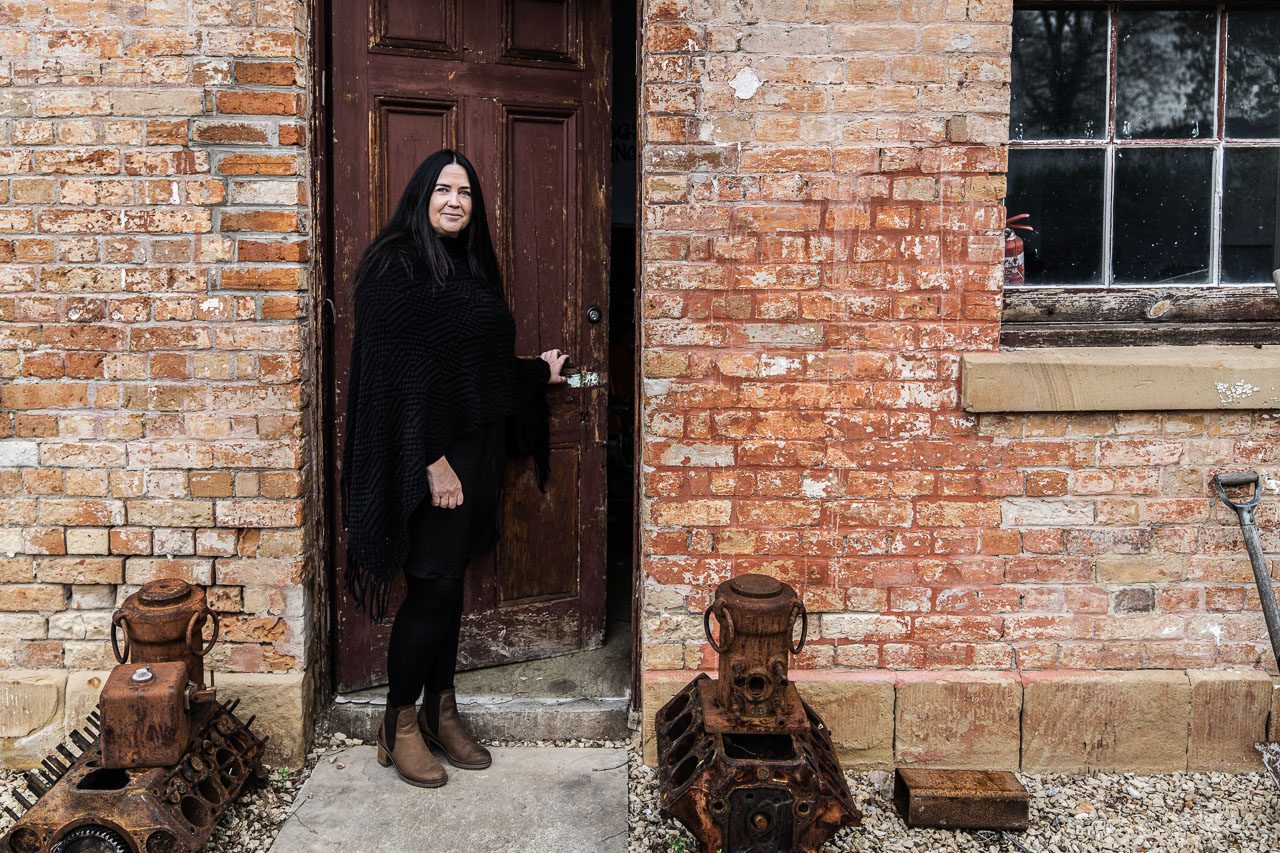



Sharmaine’s Willow Court passion has shifted in recent years to focus on the site’s intriguing history. “I’ve now introduced a history tour and I’ve become completely obsessed with uncovering the stories of this place,” she says. “Not only it is such a huge site, and one that operated over 170 years, but most of the buildings have had multiple uses too. It’s complicated and sometimes unsettling and even painful to understand what may have happened here, but it’s a history I think we can all learn from. I guess you could say I’m changing my focus to be more on history and education.”
A guided history tour of Willow Court with Sharmaine quickly awakens grim corners of your imagination. “Carlton House, or C Ward, was built in 1908 and was originally constructed to house criminally insane men,” starts Sharmaine, standing before an imposing red brick double story building reminiscent of a prison. “The rooms are much more cell-like here and reinforced to handle all sorts of challenging behaviours. You’ll also notice the double two-door security system and the high concrete walls which was another feature to secure the men from the outside world. With eyes sweeping across the expansive exercise yard, she adds, “In the 1960s, the demolition of the original A and B Wards provided Carlton House with a much larger outdoor yard…it wasn’t always like this.”
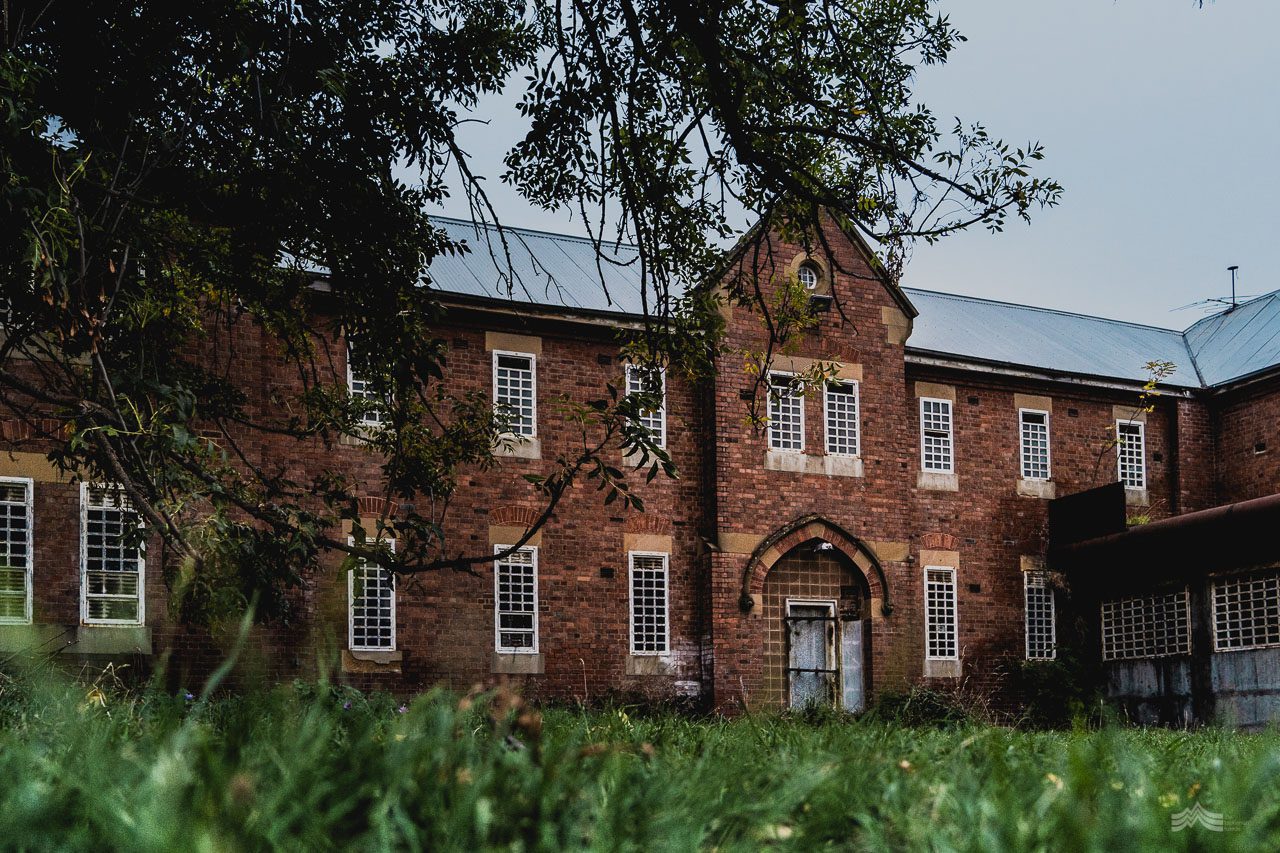
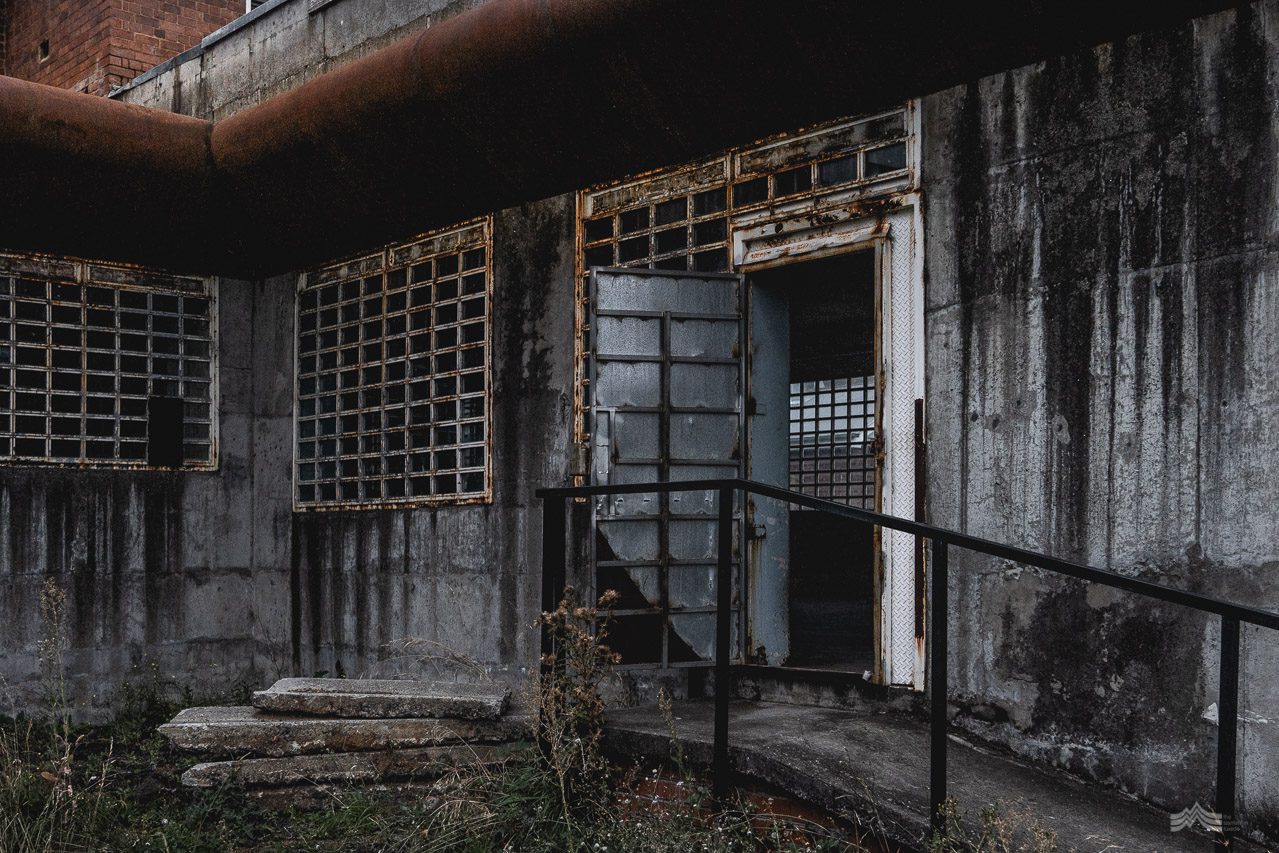

Tasmania was the first Australian state to de-institutionalise patients, closing the doors to Willow Court in 2001. Changes in government policy saw the mentally ill and those with disabilities relocated from a life of segregation and transitioned into community care. The move was one that not only left tales of human struggle hanging in the air, but an ageing complex empty and open to graffiti and arson.
Most of the remaining buildings spread across the site languish in a state of disrepair. Vandalism, break-ins and theft have been rife here for decades. It casts a largely unkempt and lonely welcome to visitors. “You’ll notice a lot of the internal doors have been removed and now sit leaning up against the walls,” points out Sharmaine. “That’s because thieves recognised the value in their brass hinges. Most of them have been stolen over the years.”
Fast forward to the 1960s and the construction of A Ward, or Alonnah, heralded a different era again. Hospital grade vinyl wraps up the walls to meet steel framed windows with reinforced glass. Beneath its decaying façade lies a narrative of ‘troubled’ adolescent girls. “This was a maximum security ward and it was mainly for girls that did not conform to society’s expectations in regard to sexual behaviour – there was a lot of concern about this in the sixties. Interestingly, it seemed to fade rather quickly and the ward was later used by boys before eventually being used as a plant nursery for the intellectually disabled before its closure.”


“I have had a number of ex-staff come on tour that worked on this ward,” nods Sharmaine, leaning against a thick concrete wall, pulling her coat close around her to ward off the chill. “I don’t share the details of their stories, but loosely speaking, it seems the girls were largely left in the two communal rooms during the day, and watched over from the raised nursing stations,” describes Sharmaine as her eyes adjust to the dim light within the facility. “One lady explained that it was wise not to turn your back on the patients and that there was a red button hidden under the desk to call for help if it was urgently required.”
Sharmaine continues, “Accounts indicate the residents were locked in their rooms for bed by 8pm each evening and there was certainly an isolation room near the nurses station. The girls were housed between a dormitory and 12 cell-like rooms with thick timber doors with Judas windows and asylum locks. Privacy seemed illusive, including in the bathrooms. But there are more positive accounts too,” she counters. “Of industrious activities like packing pegs for the Pioneer Peg Factory in New Norfolk or collating for the Government Printer.”
“I guess I feel like I’ve come full circle with this place,” reflects Sharmaine. “From visiting it in the eighties, to being here now and understanding a whole lot more than I did back then. For me now it’s about sharing it with others and continuing to respect those untold stories. My number one priority is to share the history we have here with the utmost sensitivity.”
Sharmaine continues, “Besides the fact that it’s the right thing to do, we still have ex-patients living within the community and plenty of ex-staff around too. I am always grateful when they come to visit and share their recollections with me. While it helps me to put another piece of the puzzle together and build my understanding of the place, I think it helps them in a way too. A staff member recently told me that working here was the best years of his working career which is uplifting to hear.”
“People have been drawn to dark history for centuries,” finishes Sharmaine. “But there’s light to be found here too. Where there’s stigma attached to this place, there’s also so much we can learn from it. It’s important that we share it in a way that respects the past – I’m sure we can harness it to inspire the future.”

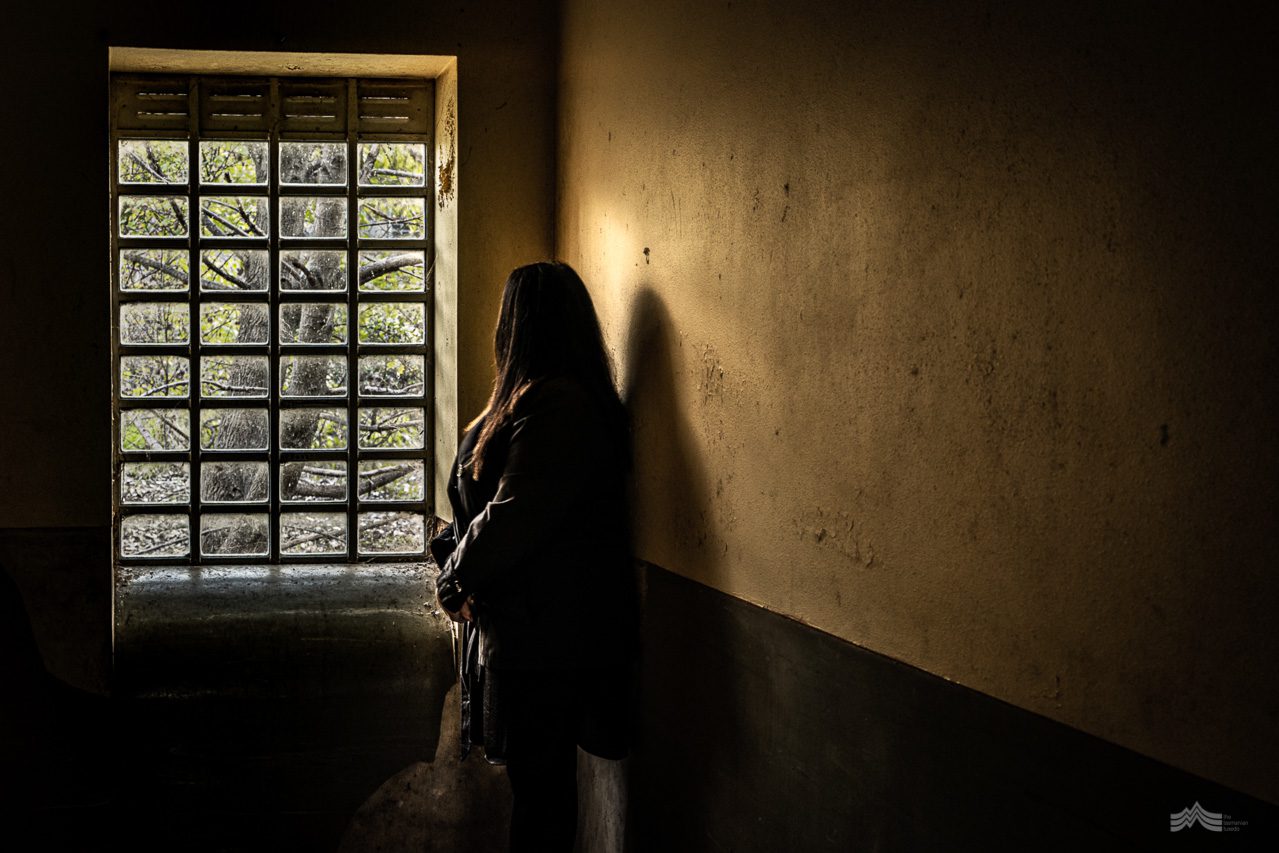

Take a tour with Sharmaine and experience Willow Court for yourself.
Further details are available on the Willow Court Asylum website or via Facebook and Instagram.
